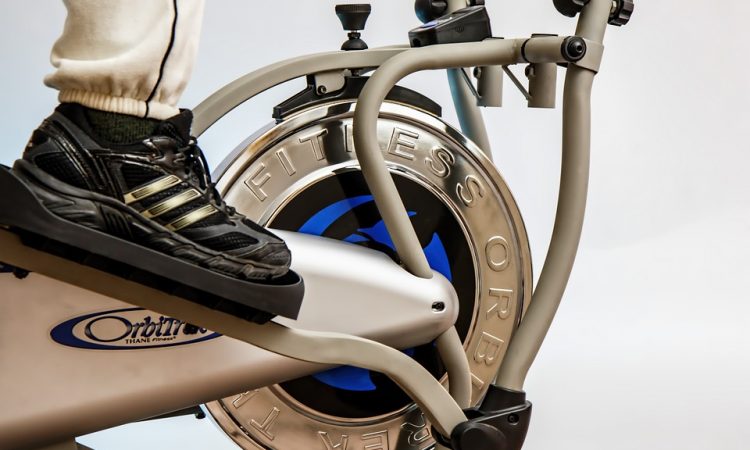“We don’t stop exercising because we get old; we get old because we stop exercising”
Aging is inevitable but there is no reason we have to age gracefully! I for one intend to be the oldest swinger in the gym and although my training routine has changed significantly over the years to reflect different goals, I still train hard and often – something I expect to continue for many years to come!
Exercise is often thought of as being the reserve of the younger generation but the reality is that “those young people” don’t need exercise half as much as the older generation. In our youths, our bodies naturally peak in terms of strength, fitness and body composition but, as we age, those characteristics decline quite rapidly and it’s then that exercise comes into its own for slowing the aging process and promoting a long and vital life.
The aging process is associated with a number of medical conditions that can be reduced or offset through regular exercise
- Coronary Heart Disease
- Hypertension
- Diabetes type II
- Obesity
- Osteoarthritis
- Rheumatoid arthritis
- Osteoporosis
- Age related asthma
- Chronic Obstructive Pulmonary Disease
Regular exercisers are significantly less likely to suffer from the conditions listed above and those that do tend to have less severe symptoms.
In addition to medical conditions, as we age we naturally lose strength, aerobic fitness, flexibility and ultimately find it difficult to perform tasks of daily living, however, all is not lost because as little as 3 20 minute exercise sessions a week can all but put the brakes on the aging process and, in some cases, start turning back the clock.
Factors to consider regarding exercise for older adults
- Train for function rather than aesthetics. Choose exercises that are representative of everyday activities including appropriate variations of the squat, dead lift and overhead press which are movements we perform every day
- Select exercises which are sympathetic to your joints! If it hurts, chances are it’s not doing you any good. E.g. low impact cardio is a good choice (walking, cycling, rowing, swimming etc) if you have pain in your knees
- Ensure the risk of suffering a fall is minimal – especially for those who are at risk of osteoporosis
- Emphasise flexibility and mobility work to retain range of movement at major joints
- Take your time warming up – older joints are often stiffer and take longer to get moving
- Include resistance training to minimise muscle/strength loss and maximise bone mass
- Consider your medical history and adjust exercise routine accordingly – bear in mind some medications can affect your ability to perform exercise. If in doubt seek professional advice as to the suitability of exercises in relation to your medical conditions/medication
- Don’t worry if some days seem harder than others – it’s okay to have an easy day or even take a break from exercise if you aren’t feeling 100%. A day off today may mean a better workout tomorrow!
Making the time to exercise, or continuing with your current exercise routine will pay huge dividends in the long runwe’re living longer than ever because of medical interventions so let’s make sure we live better too!
